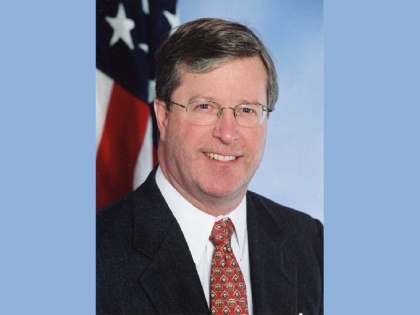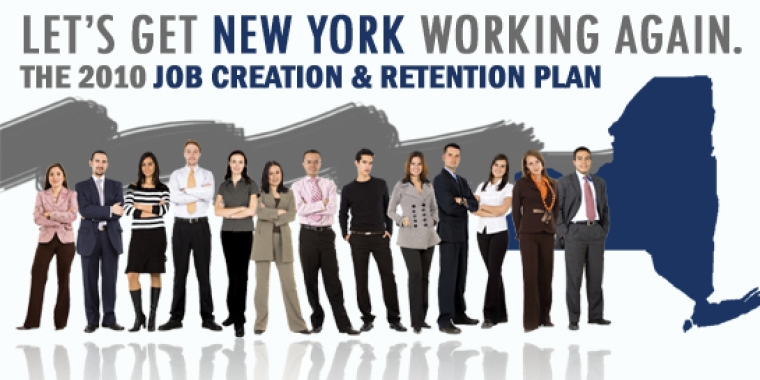
Column from the Capitol: "Many Studies, Less Action"

Reading the just-released “2010 Annual Report on Local Governments” from the office of the New York State Comptroller, what’s not surprising is the message it conveys of hard times for local communities statewide.
"In many respects, the true pain of the recession is continuing to be felt by local governments in New York," the report states. "Local governments have lost hundreds of millions of dollars in local and state revenue. The road to recovery will likely be a long and tough one. In some cases, it could take years of sustained growth for revenue to return to the levels prior to the recession. Painful as it is, the fiscal crisis has created some real opportunities for reform. If we seize those opportunities, we can make New York work better…We shouldn’t waste this crisis.”
I’m not surprised by this latest report because despite its accurate assessment of the current condition of many local governments, keep in mind that county leaders were confronting dire straits, in numerous ways, long before the economic tailspin and fiscal crisis that struck New York and the entire nation beginning in late 2008.
It’s remindful of one thing: New York government has been very good at creating commissions and task forces to study challenging and difficult issues, but not nearly as effective at taking action on the recommendations put forth by these very same groups. The findings are issued, and then too often sit on shelves in the backrooms of Albany collecting dust.
For example, does anyone remember the New York State Commission on Local Government Efficiency & Competitiveness, the so-called Lundine Commission? Created in early 2007, this 15-member commission, chaired by former Southern Tier Congressman Stan Lundine and whose members included former Chemung County Executive Tom Tranter, was charged with making recommendations on how New York’s 4,200 local governments could provide public services more cooperatively, efficiently, and cost-effectively.
"To make real progress in containing our local property tax burden, aggressive service consolidations and government restructuring are needed," the commission stated one year later upon the release of its final report in April 2008. "This is a complex undertaking, and one that will require a continuing partnership with local governments and an ongoing effort across many state agencies. State and local programs both need to be reviewed on a continuing basis."
You can still do a Google search and find the Lundine Commission’s final report, "21st Century Local Government," online. The ideas and the recommendations are still right there in black and white. In it, the commission estimates more than $1 billion in cost savings to local governments through the implementation of its recommendations, including measures aimed at centralizing some services at the county level or between counties, such as tax collection, vital records, and jails; making it easier for municipalities to form cooperative health benefit plans for their employees as a way to reduce insurance costs; and easing the procedures for the consolidation of towns and villages.
The overriding goal, of course, is to undertake local government efficiency and competitiveness initiatives as a key part of the overall effort to reduce the local property tax burden, particularly across the upstate region. Toward this end, "21st Century Local Government" continues to stand as a blueprint for action that can help bring down local property taxes by encouraging greater efficiency. Some baby steps have been taken in that direction in the years since, but nothing approaching a leap into a new future.
But there’s the key point: all of these reports, and there are many of them that can still be relevant and useful, will simply remain words on a page without legislative action. And in the context of New York’s current fiscal crisis -- a crisis, in particular, that further endangers an upstate region already threatened by unsustainable job and population losses – state leaders simply can’t afford to ignore acting any longer.
Over the past two decades, several gubernatorial commissions have offered strategies to restructure the efficiency and effectiveness of government in achievable, common sense, and meaningful ways. There’s simply been a dismal response to the urgency for action that’s been put forth time after time.
-30-



